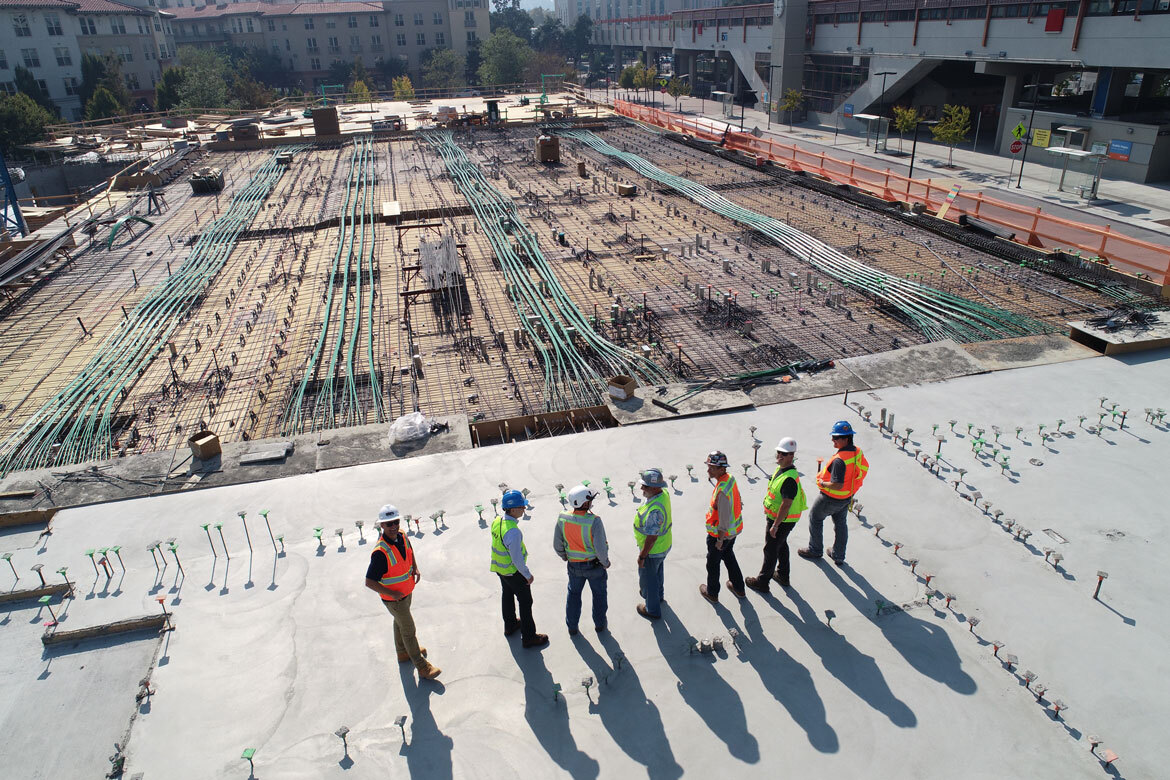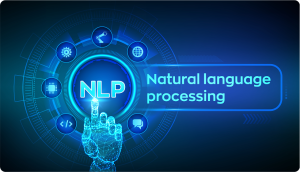
This is the age of automation. A McKinsey Report says that most organizations are planning on piloting automation technologies at least in one of their business functions – up 66% from 2020. The organizations that have already implemented BPA have experienced positive outcomes in customer satisfaction, employee experience, and reduced operating costs. If you are an organization starting on the business process automation journey, here are the 4 phases of business process implementation that you should know about.
A systematic approach to business process automation steps for implementation
The four stages of business process automation can vary depending on the context and specific framework being used. However, I’ll provide you with a commonly used set of stages that iTech Automation services follow for business automation:
1. Assessment and Planning
- Assessing Current Processes: This involves a thorough examination of existing business processes to identify areas that can benefit from automation. This assessment helps pinpoint processes that are repetitive, time-consuming, error-prone, or resource-intensive.
- Setting Goals and Objectives: Clear goals and objectives are established for the automation initiative. These may include improving operational efficiency, reducing costs, enhancing customer experience, increasing accuracy, or accelerating turnaround times.
- Analyzing Workflows: Detailed analysis of workflows is conducted to understand the sequence of tasks, dependencies, decision points, and interactions involved. This analysis helps identify bottlenecks, pain points, and areas for improvement.
2.Design and Development
- Automation Solution Design: Based on the assessment and analysis, the next step of automation process is to design a blueprint for the automation solution to be created. This includes determining the scope of automation, selecting appropriate automation tools or software, and outlining the workflows and processes to be automated.
- Development and Integration: The automation solution is built or configured according to the design. This may involve developing custom software, integrating existing systems, or adopting off-the-shelf automation tools. Integration with other systems and databases is also addressed to ensure smooth data flow and information exchange.
- Testing and Quality Assurance: Rigorous testing is conducted to verify the functionality, reliability, and performance of the automation solution. This includes unit testing, integration testing, and user acceptance testing. Bugs and issues are identified, addressed, and resolved before proceeding to implementation.
3. Implementation and Deployment
- User Training and Change Management: Employees are trained on how to use the automation system and adapt to the changes in their workflows. Change management strategies are employed to ensure a smooth transition and user adoption.
- Data Migration and System Integration: If existing data and processes need to be migrated to the automation system, a systematic approach is followed to ensure data integrity and seamless integration. This may involve data cleansing, mapping, and transformation
- Rollout and Go-Live: The automation solution is deployed in a controlled manner. This may include a phased implementation or a pilot project to mitigate risks. During this stage, user feedback is actively collected and issues are addressed promptly.
4. Monitoring and Optimization
- Performance Monitoring: The automated processes and system performance are continuously monitored to ensure they are operating as expected. Key performance indicators (KPIs) are defined and measured to assess the impact of automation on business objectives.
- Data Analysis and Insights: Data collected from the automation system is analyzed to gain insights into process efficiency, resource utilization, and quality. This analysis helps identify areas for further optimization and improvement.
- Continuous Improvement: Based on the insights gained, adjustments and refinements are made to optimize the automation solution. This may involve modifying workflows, fine-tuning parameters, or introducing new automation capabilities. Regular evaluations ensure that the automation solution evolves with changing business needs.
You might also want to read our earlier article on What is Business Process Automation and the various applications across different industries.
A deeper insight into the 4 stages of BPA applied to different industries
Let’s see how the 4 steps of automation implementation work when applied to actual automation processes across different industries in various areas such as healthcare, manufacturing, finance, hospitality, retail, transportation, e-commerce, and energy.
Assessment and Planning:
- Healthcare Industry: A hospital assesses its patient appointment scheduling process and identifies the need for automation. Manual scheduling is time-consuming and prone to errors. The goal is to improve appointment accuracy, reduce wait times, and enhance patient satisfaction.
Intelligent document processing is one area of BPA that provides a 25-40% saving over manual processes. Here is how to calculate ROI from document processing automation for your organization.
- Manufacturing Industry: A manufacturing company assesses its production line and identifies opportunities for automation. The goal is to increase operational efficiency, reduce downtime, and improve quality control by automating repetitive tasks and integrating real-time data monitoring.
2. Design and Development:
- Financial Industry: A bank designs an automation solution for its customer onboarding process. The solution includes automated document verification, digital identity verification, and automated data entry. The development involves building custom software and integrating it with third-party identity verification APIs.
- Hospitality Industry: A hotel develops an automation system for managing guest services. The system includes self-check-in kiosks, automated room key generation, and integration with room service and concierge systems. The development involves designing user-friendly interfaces and integrating them with existing hotel management software.
3. Implementation and Deployment:
- Retail Industry: A fashion retailer implements an automated inventory replenishment system. The system integrates with point-of-sale data, tracks sales patterns, and automatically generates purchase orders when stock levels reach predefined thresholds. The implementation includes training store staff, migrating existing inventory data, and integrating with suppliers’ systems.
- Transportation Industry: A logistics company deploys an automated route optimization system. The system considers variables like delivery addresses, traffic conditions, and vehicle capacity to generate optimal routes for drivers. The deployment involves installing GPS devices in vehicles, training drivers on using the system, and ensuring real-time data communication. Have a look at our case study for a comprehensive Freight and Trucking Software Platform developed for Simplex.
4. Monitoring and Optimization:
- E-commerce Industry: An online marketplace monitors customer behavior using automated analytics tools. The data is analyzed to personalize product recommendations, improve search results, and optimize marketing campaigns. Continuous optimization involves A/B testing, refining algorithms, and enhancing the user experience.
- Energy Industry: A utility company monitors power consumption patterns using smart meters and IoT devices. The data is analyzed to identify energy-saving opportunities, detect anomalies, and optimize load distribution. Continuous optimization involves adjusting energy pricing, implementing demand-response programs, and enhancing energy efficiency initiatives.
Across industries, businesses are increasingly realizing that automation is necessary for efficiency and increased productivity. Many organizations are expanding the use of automation into more business units. To know more about how automation and AI can help your business, get in touch with our panel of experts at iTech – serving US and global clients for over 20 years.









